In the dynamic landscape of logistics and transportation, the versatility and efficiency of shipping containers play a pivotal role. At CarMax Vehicle, we understand the imperative need to optimize container mobility to meet the ever-evolving demands of global trade. One significant enhancement that can be undertaken is putting axles on a shipping container. This modification transforms standard containers into more versatile and transport-friendly units, opening avenues for increased functionality and ease of movement.
Understanding the Basics: Shipping Containers and Axles
What Are Shipping Containers?
Shipping containers are standardized metal boxes used to transport goods across various modes of transportation, including ships, trucks, and trains. Their standardized dimensions and robust construction make them the backbone of international trade.

The Role of Axles in Transportation
Axles are fundamental components in vehicle dynamics, providing support for wheels and facilitating movement. In the context of shipping containers, adding axles can significantly enhance mobility, turning stationary units into mobile assets capable of maneuvering within warehouses, ports, and transportation hubs.
Benefits of Adding Axles to Shipping Containers
Enhanced Mobility and Flexibility
By equipping shipping containers with axles, they gain the ability to move independently without reliance on external vehicles. This flexibility allows for:
- Efficient Loading and Unloading: Containers can be repositioned easily within a facility, reducing downtime and labor costs.
- Improved Accessibility: Mobile containers can navigate through tight spaces, reaching areas that stationary units cannot.
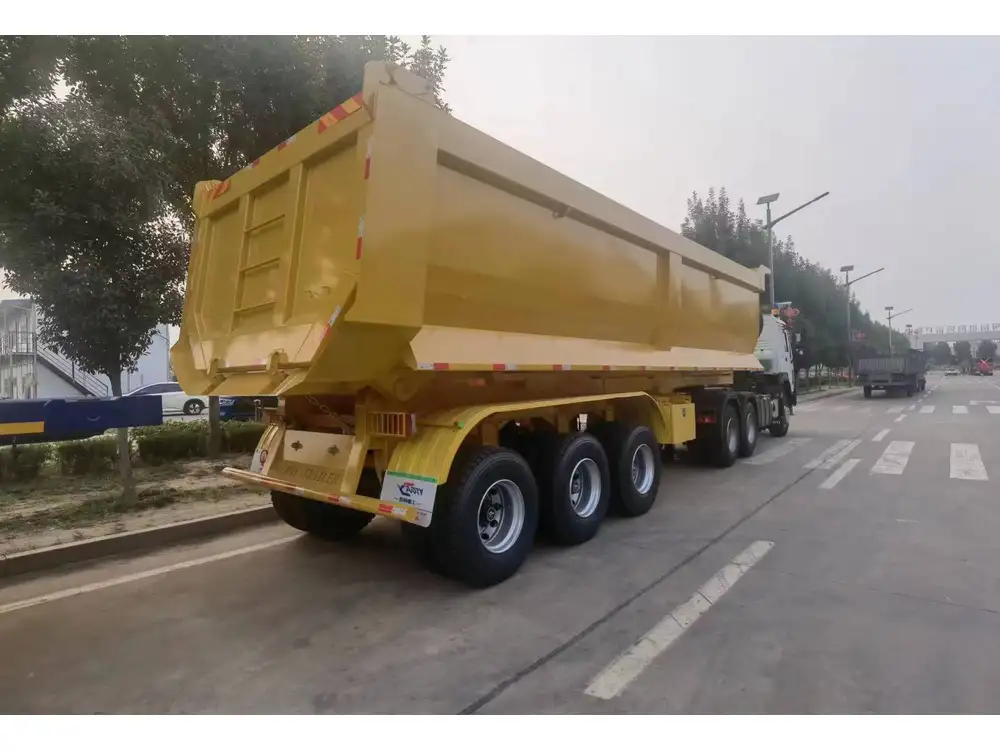
Increased Versatility in Applications
Axle-equipped containers open up a myriad of applications, such as:
- Portable Storage Solutions: Ideal for construction sites, events, and temporary facilities.
- Mobile Offices: Transform containers into mobile workspaces that can be relocated as needed.
- Temporary Housing: Provide quick and flexible housing solutions during emergencies or large-scale projects.
Cost-Effective Transportation
Adding axles can lead to significant cost savings by:
- Reducing the Need for Additional Vehicles: Mobile containers eliminate the dependency on separate forklifts or trucks for movement.
- Lowering Maintenance Costs: Integrated mobility solutions can streamline operations, reducing the wear and tear associated with manual handling.
Step-by-Step Guide to Adding Axles on a Shipping Container

1. Assessing the Container’s Structural Integrity
Before proceeding with axle installation, it is crucial to evaluate the container’s structural integrity to ensure it can support the added weight and stresses.
Key Considerations:
- Material Strength: Verify that the container’s frame can handle the additional load from the axles.
- Floor Reinforcement: Reinforce the container floor if necessary to prevent deformation or damage.
- Weight Distribution: Ensure even weight distribution to maintain balance and prevent undue stress on specific areas.
2. Selecting the Appropriate Axles
Choosing the right axles is essential for ensuring optimal performance and durability.
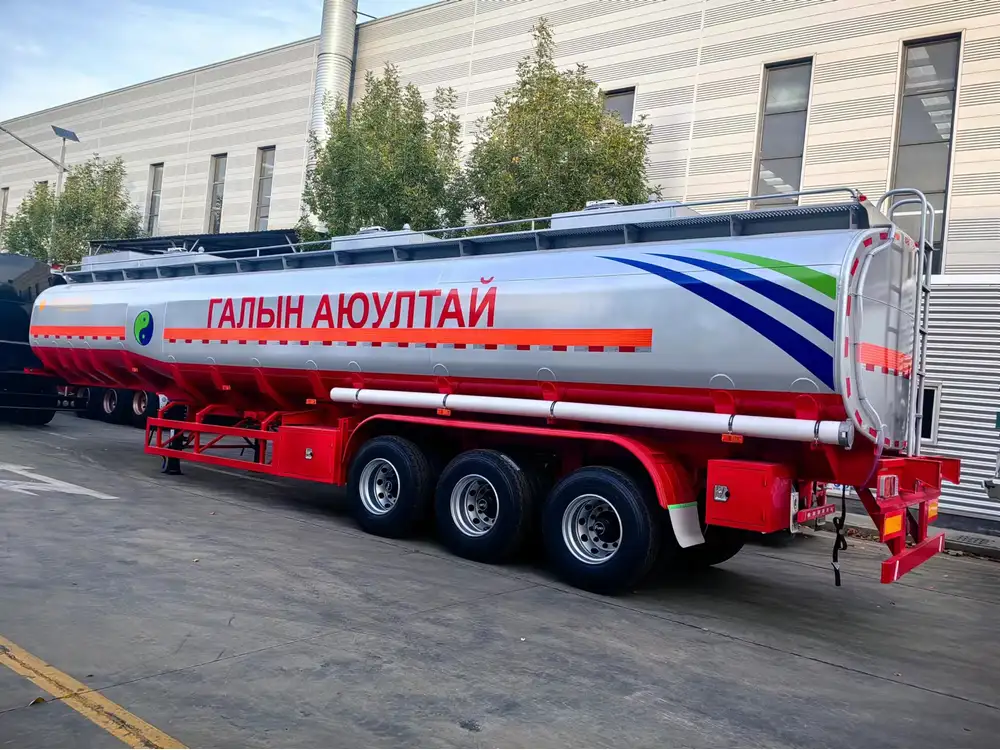
Types of Axles:
| Axle Type | Description | Applications |
|---|---|---|
| Solid Axles | Rigid and robust, suitable for heavy loads. | Industrial containers requiring maximum strength. |
| Independent Axles | Allow each wheel to move independently, enhancing maneuverability. | Containers used in confined or variable environments. |
| Tandem Axles | Two axles spaced closely together, distributing weight evenly. | High-capacity containers needing balanced load distribution. |
Key Factors to Consider:
- Load Capacity: Ensure the axles can support the maximum expected load.
- Durability: Opt for high-quality materials that withstand wear and tear.
- Compatibility: Choose axles that are compatible with the container’s dimensions and intended use.
3. Preparing the Container for Installation
Proper preparation is crucial to facilitate a smooth axle installation process.
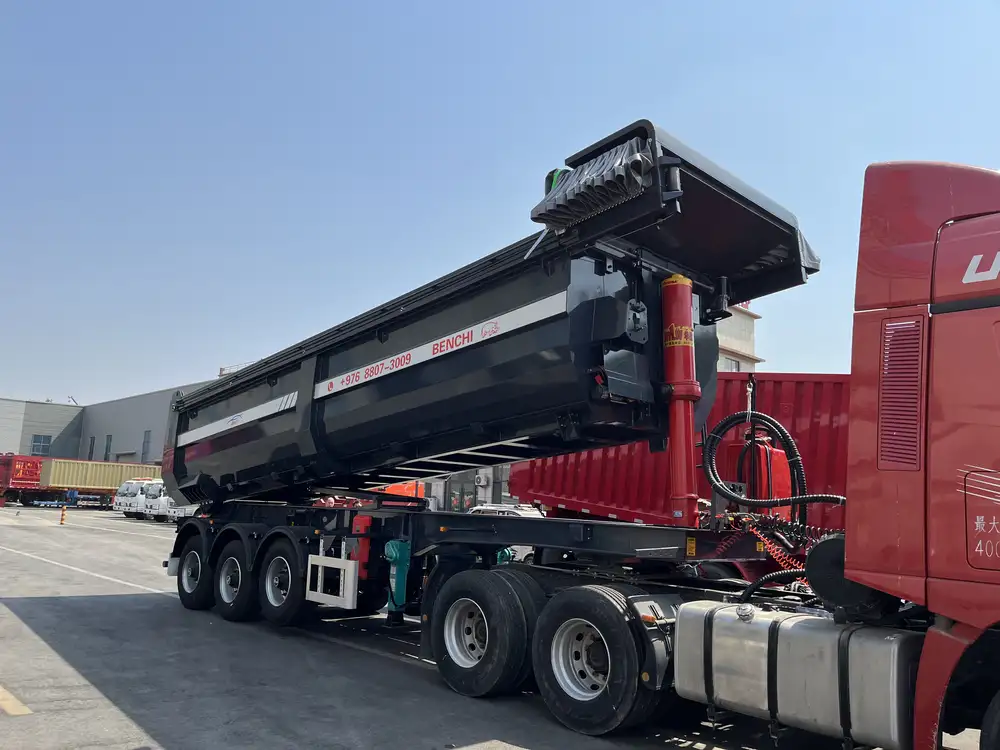
Preparation Steps:
- Cleaning: Thoroughly clean the areas where axles will be mounted to ensure a secure fit.
- Modifications: Cut and modify the container structure as needed to accommodate axle brackets.
- Reinforcement: Strengthen mounting points to handle the stresses of movement and load-bearing.
4. Installing the Axles
The installation process involves precise steps to ensure safety and functionality.
Installation Steps:
- Mounting Brackets: Securely attach mounting brackets to the prepared sections of the container.
- Axle Placement: Position the axles onto the mounting brackets, ensuring they are aligned correctly.
- Securing Axles: Use bolts and fasteners to firmly secure the axles, preventing any movement or instability.
- Wheel Installation: Attach wheels to the axles, selecting appropriate wheel types based on intended use.
- Testing: Conduct thorough testing to ensure the axles and wheels function smoothly and securely.

5. Finalizing and Testing
After installation, it is imperative to conduct comprehensive testing to verify the system’s integrity and performance.
Testing Procedures:
- Load Testing: Gradually apply weight to the container to ensure axles can handle the load without issues.
- Maneuverability Tests: Test the container’s movement in various directions and terrains to assess agility and stability.
- Safety Inspections: Inspect all connections and components for signs of stress or potential failure points.
Key Considerations for Optimal Performance
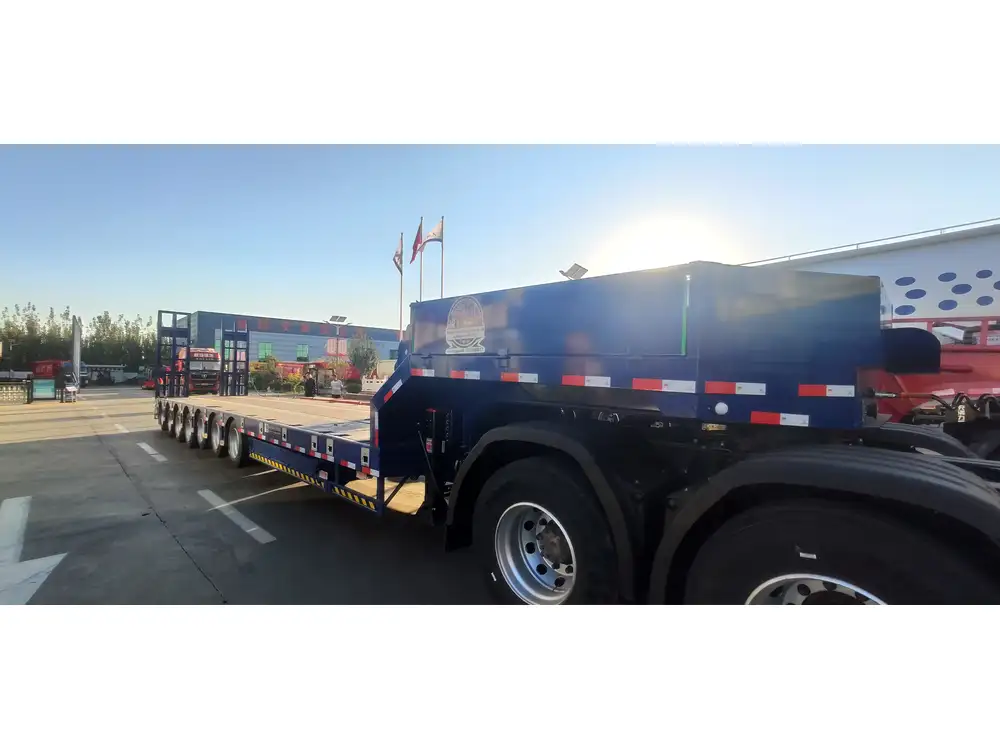
Material Selection
Choosing the right materials for both axles and mounting components is vital for longevity and performance.
- Steel vs. Aluminum Axles: Steel axles offer superior strength and durability, while aluminum axles are lighter and resistant to corrosion.
- High-Quality Fasteners: Utilize stainless or galvanized fasteners to prevent rust and ensure secure connections.
Weight Distribution and Balance
Proper weight distribution is crucial to prevent tipping or uneven wear.
- Even Load Distribution: Spread the load evenly across all axles to maintain balance.
- Center of Gravity: Keep the center of gravity low to enhance stability during movement.
Maintenance and Upkeep
Regular maintenance ensures the longevity and reliable performance of axle systems.
- Routine Inspections: Check for signs of wear, corrosion, or damage regularly.
- Lubrication: Keep moving parts well-lubricated to reduce friction and prevent wear.
- Tire Maintenance: Monitor tire pressure and condition, replacing as necessary to maintain traction and stability.

Advantages of Partnering with CarMax Trailer
At CarMax Trailer, we specialize in providing high-quality axle solutions tailored to your specific needs. Our expertise ensures that your shipping containers are equipped with robust, reliable, and efficient axle systems. Here’s why choosing us benefits your operations:
Customization and Flexibility
We offer bespoke axle installations that cater to diverse requirements, ensuring each container meets your unique operational demands.
Superior Quality and Durability
Our axles are manufactured using premium materials, ensuring long-lasting performance even under the harshest conditions.
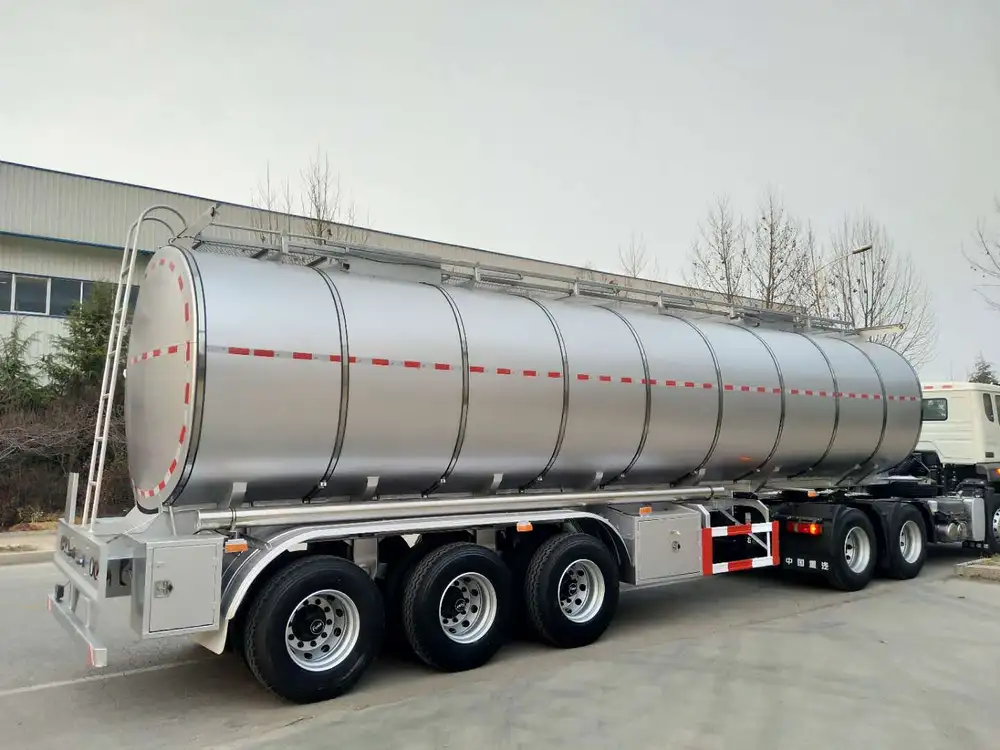
Expert Support and Services
From initial consultation to final installation and maintenance, our team of experts is dedicated to providing comprehensive support every step of the way.
Comparative Analysis: Standard vs. Axle-Equipped Containers
To illustrate the transformative impact of adding axles, let’s compare standard shipping containers with those equipped with axles.
| Feature | Standard Container | Axle-Equipped Container |
|---|---|---|
| Mobility | Stationary, requires external vehicles for movement. | Autonomous mobility, can move independently. |
| Flexibility in Usage | Limited to stationary applications. | Versatile, suitable for mobile applications like portable storage, offices, and emergency housing. |
| Operational Efficiency | Dependent on forklifts and other handling equipment. | Enhanced efficiency with reduced dependency on additional machinery. |
| Cost Implications | Higher operational costs due to need for additional handling vehicles. | Cost-effective in the long run by minimizing the need for extra equipment and labor. |
| Installation Complexity | N/A | Requires structural assessment and precise installation but offers significant long-term benefits. |
Practical Applications of Axle-Equipped Shipping Containers

In Warehousing and Logistics
Enhancing containers with axles streamlines warehouse operations by enabling easy repositioning and optimal space utilization. Mobile containers can facilitate dynamic storage solutions, adapting to fluctuating inventory levels and operational demands.
In Construction and Infrastructure Projects
Construction sites benefit immensely from mobile containers, serving as temporary offices, storage units, or on-site facilities. The ability to move containers effortlessly across the site enhances workflow and maximizes efficiency.
In Event Management
For large-scale events, axle-equipped containers offer flexible space solutions for ticketing booths, information centers, and temporary amenities. Their mobility ensures easy setup and teardown, reducing logistical challenges.
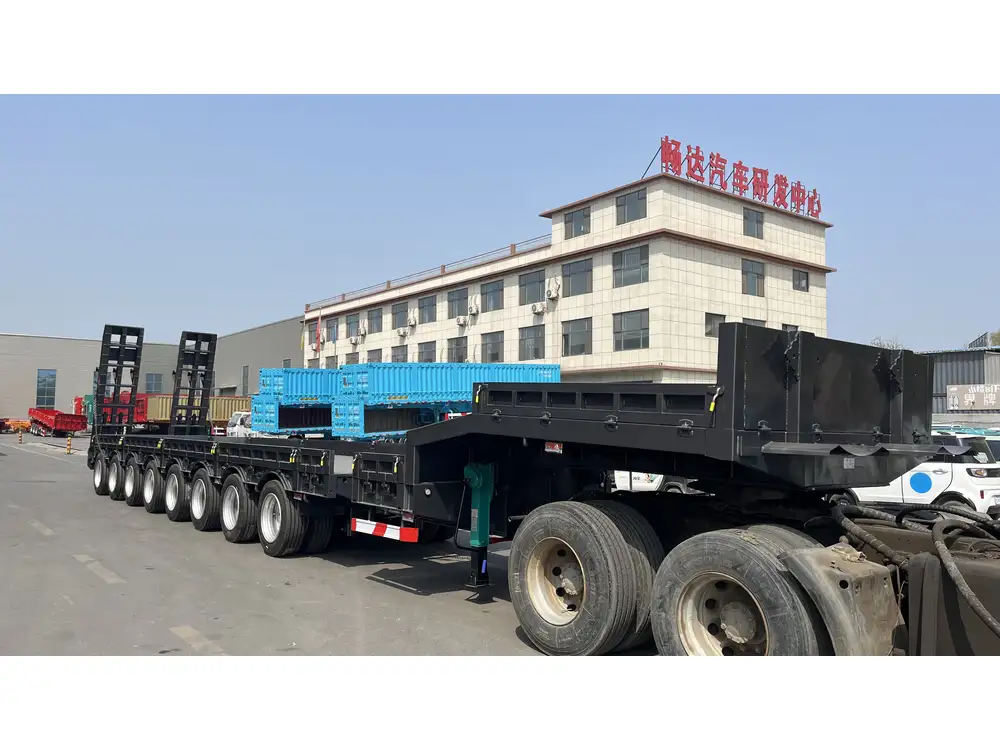
In Emergency Response and Disaster Relief
In times of crisis, mobile containers can be rapidly deployed as temporary shelters, medical units, or command centers. Their ability to be quickly moved to affected areas is invaluable for effective disaster response.
Technological Innovations in Axle-Equipped Containers
Smart Axle Systems
Integrating smart technologies into axle systems can revolutionize container mobility. Features such as telemetry, automated movement controls, and real-time monitoring enhance functionality and operational efficiency.
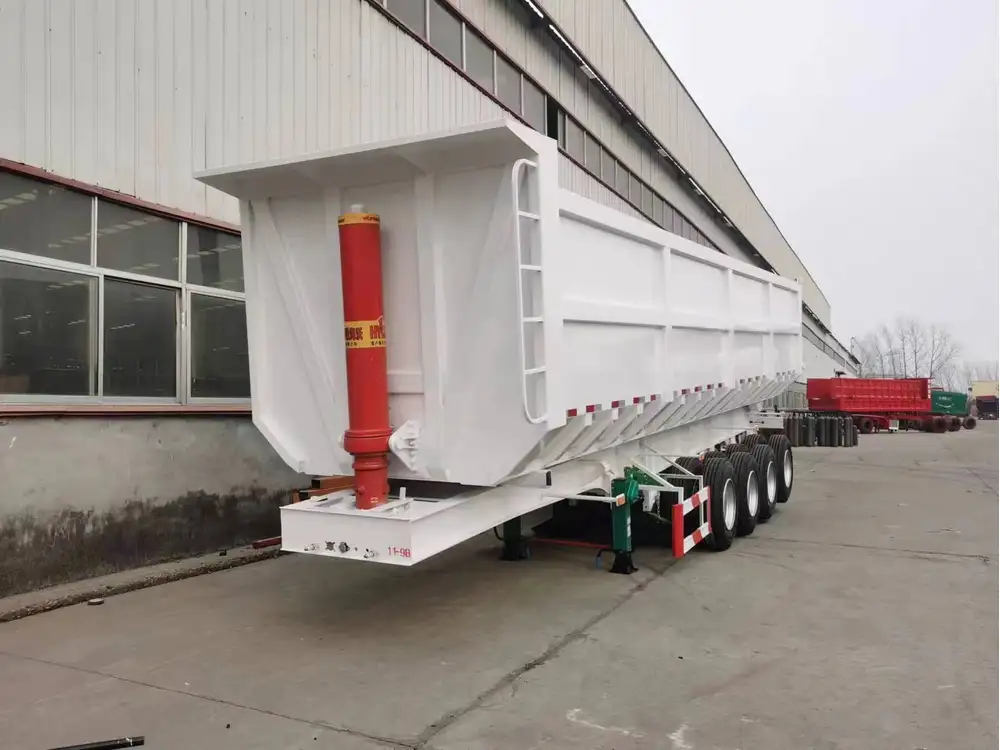
Sustainable Solutions
Eco-friendly axle systems, utilizing materials and technologies that reduce environmental impact, are becoming increasingly important. Sustainable solutions not only contribute to environmental preservation but also align with growing regulatory standards and corporate responsibility initiatives.
Modular Design
Modular axle systems allow for easy customization and scalability, enabling containers to be adapted for varying load capacities and specific use cases without extensive modifications.
Challenges and Solutions in Axle Installation

Structural Modifications
Challenge: Altering the container structure to accommodate axles without compromising integrity.
Solution: Employing experienced engineers to design precise modifications and reinforcements ensures structural integrity is maintained during and after installation.
Weight Management
Challenge: Ensuring that the addition of axles does not adversely affect the container’s weight distribution and handling characteristics.
Solution: Careful planning of axle placement and load distribution, coupled with robust testing, ensures balanced weight distribution and optimal handling.
Regulatory Compliance
Challenge: Meeting transportation and safety regulations related to motorized containers.
Solution: Adhering to industry standards and obtaining necessary certifications during the design and installation process ensures compliance and safety.

Future Trends in Container Mobility
Autonomous Container Navigation
The integration of autonomous navigation systems promises to further enhance container mobility, enabling containers to move independently within facilities with minimal human intervention.
Enhanced Durability and Resilience
Advancements in materials science are leading to the development of more durable and resilient axle systems, capable of withstanding harsher environments and prolonged use.
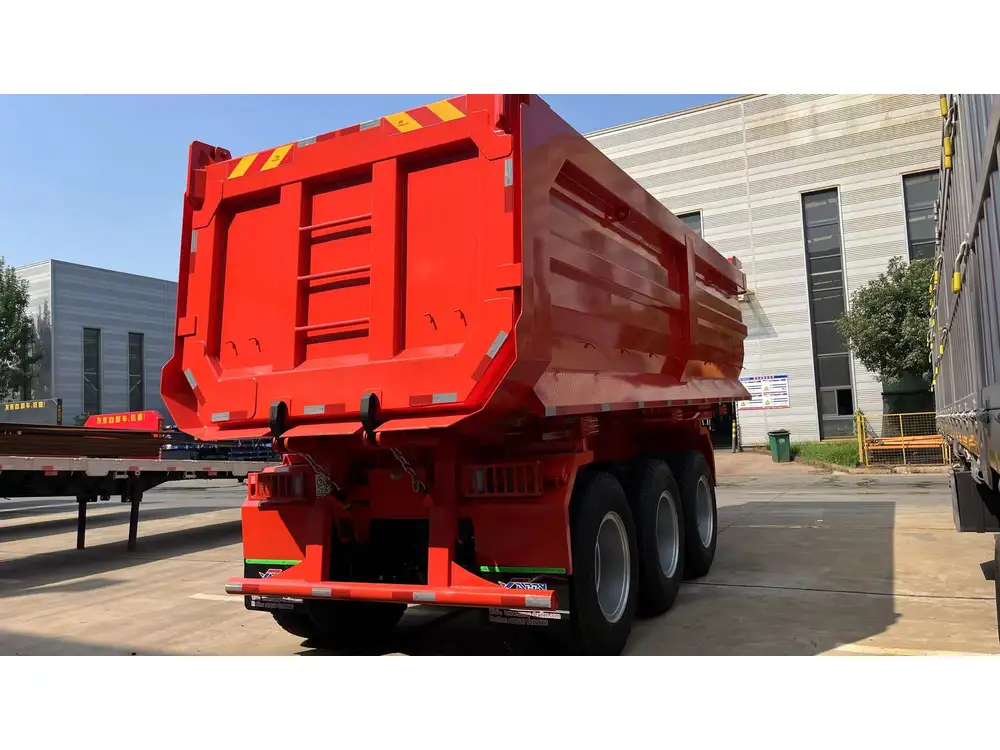
Integration with IoT
Connecting axle systems to the Internet of Things (IoT) allows for real-time data collection and analytics, facilitating predictive maintenance and optimizing operational efficiency.
Conclusion
Adding axles to shipping containers represents a significant step towards enhancing their mobility, flexibility, and overall functionality. At CarMax Vehicle, we are committed to providing innovative and reliable solutions that empower businesses to optimize their logistics and transportation operations. By transforming standard containers into mobile assets, we help you achieve greater efficiency, cost-effectiveness, and adaptability in an increasingly competitive market.
Frequently Asked Questions
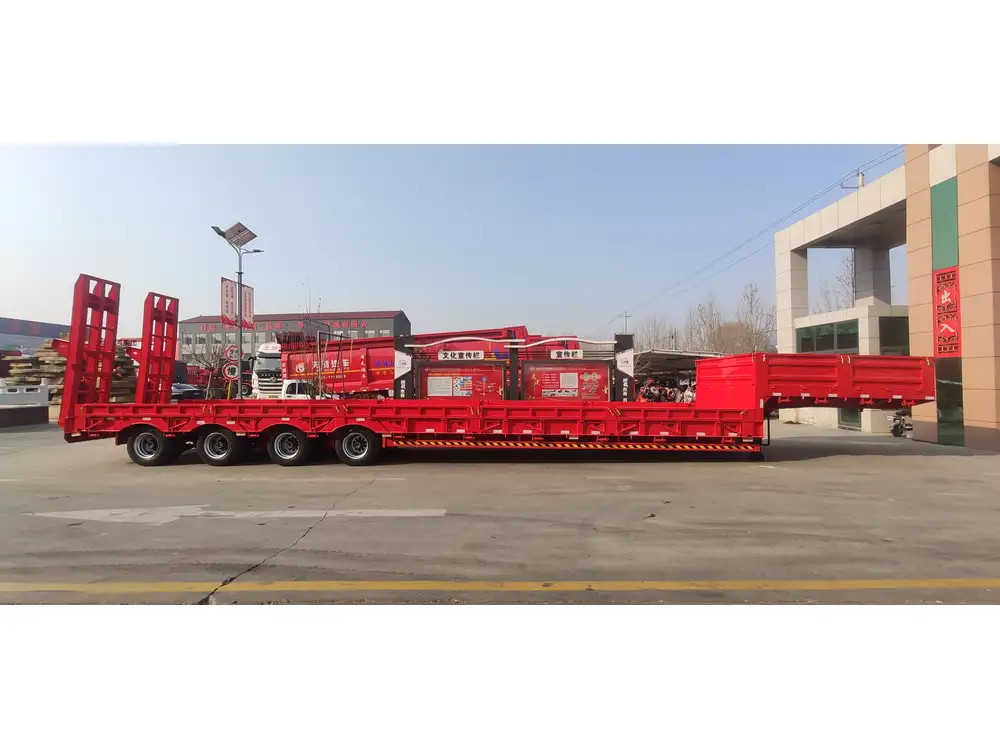
1. How much does it cost to add axles to a shipping container?
The cost of adding axles to a shipping container varies based on factors such as the type of axles, container size, and specific customization requirements. CarMax Vehicle offers competitive pricing tailored to your needs, ensuring you receive a cost-effective solution that meets your operational demands.
2. Can axles be added to any type of shipping container?
While most standardized shipping containers can be retrofitted with axles, certain modifications may be required based on the container’s design and intended use. Our team at CarMax Trailer conducts a thorough assessment to determine the feasibility and best approach for your specific container.
3. What maintenance is required for axle-equipped containers?
Regular maintenance includes inspecting axles and wheels for wear and tear, lubricating moving parts, ensuring proper alignment, and checking for any signs of damage. CarMax Vehicle provides comprehensive maintenance services to keep your axle-equipped containers in optimal condition.
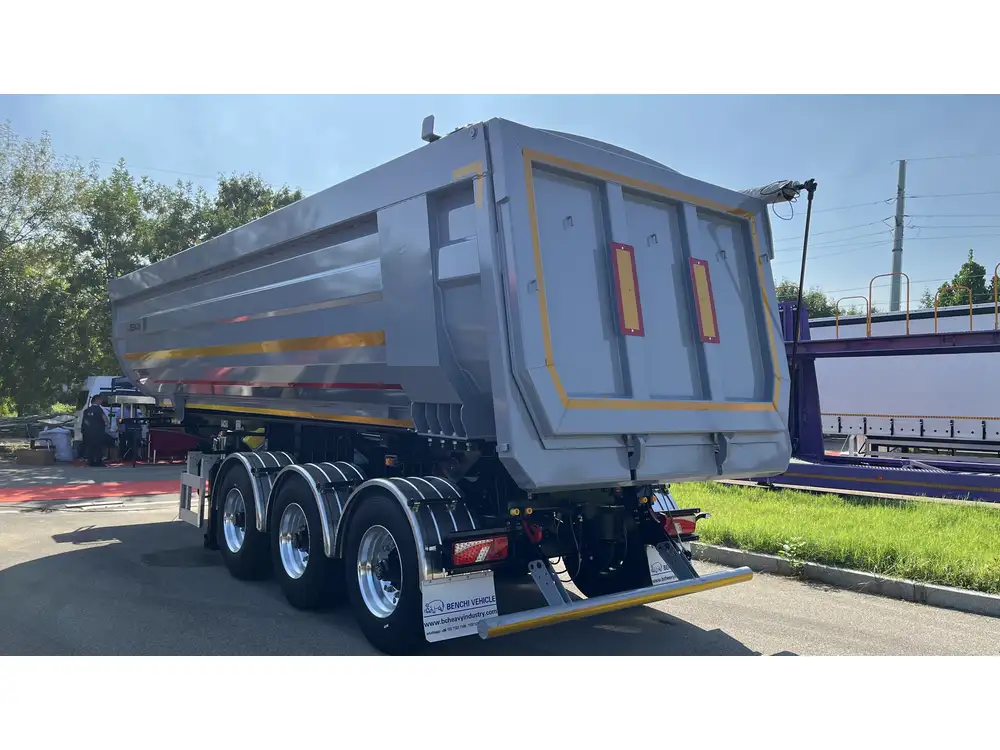
4. How long does the axle installation process take?
The installation timeline depends on the complexity of the modifications and the number of containers being outfitted. Typically, the process can range from a few days to a couple of weeks. Our expert team ensures efficient and timely installation to minimize downtime.
5. Are axle-equipped containers suitable for all climates?
Axle-equipped containers are designed to withstand various environmental conditions. However, specific adjustments may be necessary for extreme climates. CarMax Trailer ensures that all components are weather-resistant and durable, making them suitable for diverse climate conditions.



